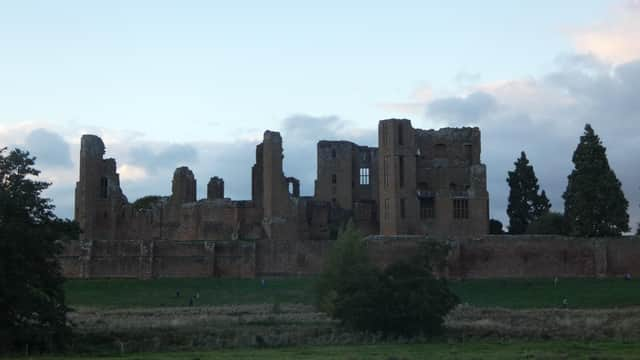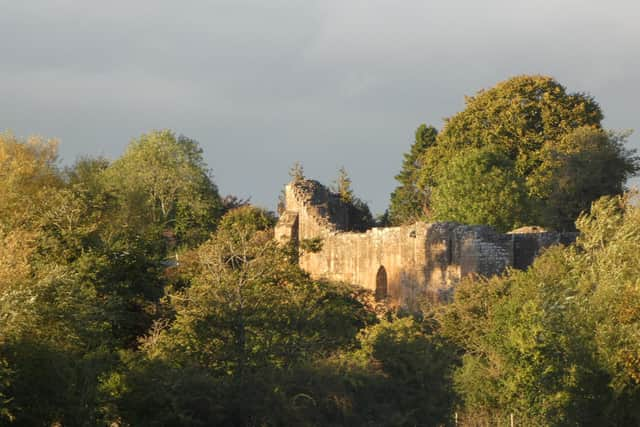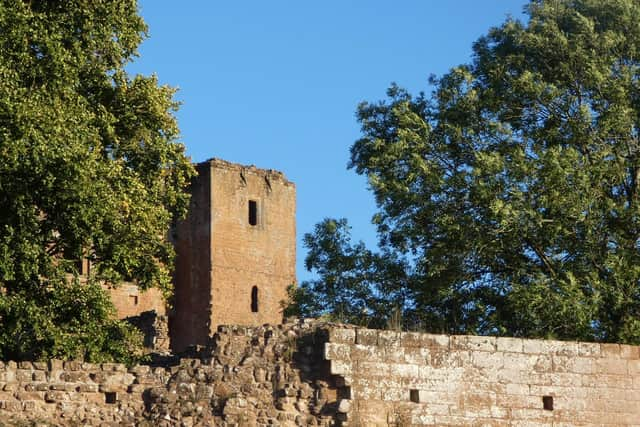Forgotten Local Histories: Sir Walter Scott's impact on Kenilworth


The impact of Sir Walter Scott’s novel Kenilworth on the eponymous town is clear to see. At least two streets (Scott and Waverley Road) are named for the author and his series of novels respectively, and one square (Talisman Square) is named after one of those novels.
It would be a strange coincidence if the old Abbotsford schoolhouse was not, at least in part, an allusion to Scott’s home in the Scottish borders.
Advertisement
Hide AdAdvertisement
Hide AdScott himself was known to visit Kenilworth at least twice, and this article will outline one of his experiences in the town. But first, we shall touch on Scott’s contribution to history and his talent for capturing the essence of humanity in his writings, which we see in his novel Kenilworth.


The 20th century historian G. M. Trevelyan praised Walter Scott for having ‘invented the historical novel and revolutionised the scope and study of history itself’.
According to him, it was Scott’s depiction of the richness and individuality of humanity, his attempt to ‘draw aside the curtain of oblivion and prejudice, and see the actual man’ as he was in the time he lived, which inspired this revolution in historical thought.
It is difficult to disagree with the sentiment that Scott captures well the richness of humanity and the profound depth of human feeling.
Advertisement
Hide AdAdvertisement
Hide AdFor example, his words in chapter 25 of Kenilworth that ‘no infliction can be so distressing to a mind absorbed in melancholy as being plunged into a scene of mirth and revelry, forming an accompaniment so dissonant from its own feelings’ will be relatable to many readers.


Trevelyan goes further in his praise and says that Scott was ‘all the greater because he had feelings to control’.
In other words, Scott had his biases and his preferences for certain historical episodes and viewpoints, but his passion for these and how he captured his passion as literature is what made him great.
It is not surprising that Trevelyan is a proponent of this view as he himself attributed some of his own works (notably his trilogy on Giuseppe Garibaldi) to his own biases: ‘without bias, I should never have written them at all’.
Advertisement
Hide AdAdvertisement
Hide AdHowever, Trevelyan is critical of Scott’s relaxed approach to historical accuracy. This is a criticism which has persisted well into the twenty-first century.
The novel Kenilworth, whilst entertaining, should not be read as a genuine history of Elizabethan England, in the same way that viewers of The Crown should not regard it as a chronicle of the modern Royal family.
However, the author Ronald Binns notes Scott’s greater accuracy in describing the physical aspects of Kenilworth Castle.
This is not altogether surprising as Scott studied the castle ruins ‘very minutely’ whilst walking over the ‘whole circuit of the building and its enclosures’, as is reported in an account of his visit to Kenilworth in September 1815.
Advertisement
Hide AdAdvertisement
Hide AdThe account’s author clearly wanted to make the link between this visit, where Scott apparently alluded ‘frequently to the extreme state of decay into which [the castle] had fallen’ and the text of Kenilworth as he inserts a quote from the novel into his recollection, which reads: ‘This lordly palace, where princes feasted and heroes fought, now in the bloody earnest of storm and siege…all is now desolate. The bed of the lake is but a rushy swamp; and the massive ruins of the castle only serve to shew [sic] what their splendour once was, and to impress on the musing visitor the transitory value of human possessions’.
Visitors to Kenilworth today may regard Scott’s description of the castle ruins as rather bleak, although it is hard to deny that there is an element of tragedy to the quiet, mighty walls that have previously borne witness to so much revelry and mirth.
The beauty of Scott’s work is that he saw beyond the dilapidated state of the castle and used his imagination to draw back the curtain of oblivion to see the place as it once was (some artistic licence of events notwithstanding).
Historical imagination (guided and tempered by historical fact) was also important to Trevelyan. For him, it was not enough for the professional historian to record the facts of history but to report them in such a way that the reader could see a vision of the past (as far as that is possible).
Advertisement
Hide AdAdvertisement
Hide AdNow, the ideas of Scott and Trevelyan are too old to be accepted either uncritically or fully at face value. However, their trait of using the physical remains of the past to inspire their historical imaginations is an attractive one.
It is an action that is still possible for us today, and one that has inspired many historians (the present author included) to engage with and nurture their own historical imaginations by delving deeper into the world of history.
The works of Scott (and Trevelyan) should inspire us to go, visit and stand in the shadow of the remnants of the past and reflect, not just on the tragedy of time (as seen in the silent and decaying ruins) but also on how these places were once as full of life as our buildings are to us today.
Author’s Note: My deepest thanks to Jan Cooper and Norman Stevens for their feedback on the three articles in this series on Kenilworth Castle. Any and all errors are my own.
Next Week’s Article: An Englishmen in (Bonaparte’s) Paris – Tales from Napoleon’s capital